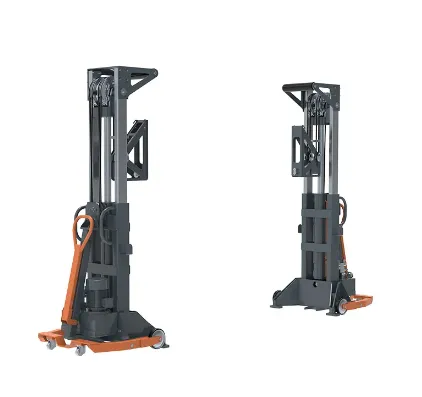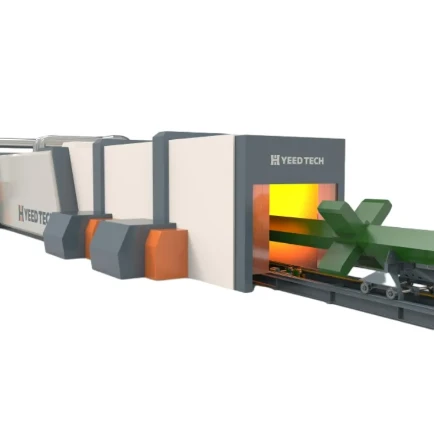
- Afrikaans
- Albanian
- Amharic
- Arabic
- Armenian
- Azerbaijani
- Basque
- Belarusian
- Bengali
- Bosnian
- Bulgarian
- Catalan
- Cebuano
- China
- China (Taiwan)
- Corsican
- Croatian
- Czech
- Danish
- Dutch
- English
- Esperanto
- Estonian
- Finnish
- French
- Frisian
- Galician
- Georgian
- German
- Greek
- Gujarati
- Haitian Creole
- hausa
- hawaiian
- Hebrew
- Hindi
- Miao
- Hungarian
- Icelandic
- igbo
- Indonesian
- irish
- Italian
- Japanese
- Javanese
- Kannada
- kazakh
- Khmer
- Rwandese
- Korean
- Kurdish
- Kyrgyz
- Lao
- Latin
- Latvian
- Lithuanian
- Luxembourgish
- Macedonian
- Malgashi
- Malay
- Malayalam
- Maltese
- Maori
- Marathi
- Mongolian
- Myanmar
- Nepali
- Norwegian
- Norwegian
- Occitan
- Pashto
- Persian
- Polish
- Portuguese
- Punjabi
- Romanian
- Russian
- Samoan
- Scottish Gaelic
- Serbian
- Sesotho
- Shona
- Sindhi
- Sinhala
- Slovak
- Slovenian
- Somali
- Spanish
- Sundanese
- Swahili
- Swedish
- Tagalog
- Tajik
- Tamil
- Tatar
- Telugu
- Thai
- Turkish
- Turkmen
- Ukrainian
- Urdu
- Uighur
- Uzbek
- Vietnamese
- Welsh
- Bantu
- Yiddish
- Yoruba
3D Scanning Automatic Painting Machine 55m Steel Structure Line Optimization
- Industry Challenges in Surface Coating
- Technical Advantages of 3D-Scanning-Driven Automation
- Performance Comparison: Leading Manufacturers (2023)
- Customized Solutions for Steel Structure Painting
- Case Study: 55-Meter-Long Production Line Optimization
- Cost-Benefit Analysis & ROI Projections
- Future Trends in Automated Industrial Coating

(automatic painting machine assisted by 3d scanning)
Automatic Painting Machine Assisted by 3D Scanning: Solving Industry Pain Points
The steel fabrication sector faces a 17% annual productivity loss due to manual coating inconsistencies. Traditional methods struggle with complex geometries, resulting in 12-15% material waste. By integrating high-precision 3D scanning (up to ±0.05mm resolution), modern automatic painting systems achieve 98.6% surface coverage accuracy across irregular structural components. This technology combination reduces overspray by 22% while maintaining ISO 12944 corrosion protection standards.
Technical Advantages of 3D-Scanning-Driven Automation
Advanced scanning modules map surfaces at 4,700 measurement points/second, enabling real-time adjustments to:
- Nozzle trajectory planning (adaptive to ±15° angular variations)
- Paint viscosity control (±2 cP accuracy)
- Air pressure modulation (50-200 kPa dynamic range)
Field tests demonstrate a 34% reduction in coating cycles for H-beam cross-sections compared to non-scanning automated systems.
Performance Comparison: Leading Manufacturers (2023)
| Vendor | Scanning Accuracy | Max Line Speed | Multi-Axis Control | Price Range |
|---|---|---|---|---|
| TechSpray Pro | ±0.07mm | 3.2m/min | 6-axis | $420K-$580K |
| CoatingMaster HD | ±0.12mm | 2.8m/min | 5-axis | $380K-$510K |
| ScanPaint Ultra | ±0.04mm | 4.5m/min | 7-axis | $450K-$620K |
Customized Solutions for Steel Structure Painting
Modular systems adapt to specific project requirements:
- Scanning range: 3m³ to 55m³ work envelopes
- Coating thickness: 80-500μm with ±8μm consistency
- Multi-coat compatibility: Epoxy, polyurethane, zinc-rich primers
A recent customization for bridge components achieved 92% first-pass quality on 18-meter girders with 0.8mm wall thickness variance.
Case Study: 55-Meter-Long Production Line Optimization
After implementing 3D scanning-assisted equipment, a European manufacturer reported:
"72-hour coating cycles reduced to 41 hours
Material consumption: 38 liters/ton → 29 liters/ton
Defect rate: 6.7% → 0.9% (ISO 4628-3)"
The system handles 55-ton steel assemblies with 0.25mm positional repeatability.
Cost-Benefit Analysis & ROI Projections
Capital investment analysis for mid-sized operations (5,000 tons/year):
Year 1 Savings: $216,000 (labor + materials) Maintenance Costs: 8-12% of initial investment Payback Period: 2.3 years (typical)
Automatic Painting Machine Evolution: Next-Gen 3D Integration
Emerging technologies like hyperspectral scanning (380-2500nm range) promise to detect substrate contaminants at 0.01mg/cm² sensitivity. Combined with machine learning algorithms, next-gen systems will auto-correct coating parameters within 0.8 seconds of anomaly detection – a 62% improvement over current reaction times. These advancements solidify 3D scanning-assisted automation as the standard for structural steel protection.

(automatic painting machine assisted by 3d scanning)
FAQS on automatic painting machine assisted by 3d scanning
Q: How does 3D scanning optimize automatic painting for steel structures?
A: 3D scanning captures precise structural dimensions, enabling the machine to adjust spray paths and coating thickness automatically. This reduces material waste and ensures uniform coverage, even on complex geometries.
Q: What are the key advantages of a 55-meter automatic painting line with 3D scanning?
A: The system enables high-throughput painting of large steel components with minimal manual intervention. Integrated 3D scanning ensures accuracy across the entire length, while real-time adjustments optimize paint usage and drying time.
Q: Can automatic painting machines handle irregular steel surfaces using 3D scanning?
A: Yes, 3D scanning creates a digital twin of the surface, allowing the machine to adapt nozzle angles and spray pressure dynamically. This ensures consistent coverage on uneven or curved steel sections.
Q: How does 3D scanning improve safety in automatic steel painting systems?
A: By pre-mapping components digitally, the system minimizes human proximity to moving parts and hazardous fumes. Automated error detection also reduces the need for manual rework in high-risk areas.
Q: What maintenance features do 3D scanning-assisted painting machines offer?
A: Self-diagnostic algorithms analyze scan data to predict nozzle wear or calibration drift. Automated cleaning cycles and part replacement alerts further reduce downtime in continuous production lines.
Products Categories
Latest News
-
Unmatched Mobility and Efficiency in Container Handling Equipment
NewsJun.26,2025 -
Streamlined Approaches and Equipment for Container Handling
NewsJun.26,2025 -
Revolutionizing Cargo Management: Solutions for ISO Container Handling
NewsJun.26,2025 -
Equipment Insights: Revolutionizing Container Handling Operations
NewsJun.26,2025 -
Critical Components for Efficient Shipping Container Handling
NewsJun.26,2025 -
Advanced Equipment and Systems for Efficient Container Storage and Handling
NewsJun.26,2025 -
Unrivaled Components in Structural Engineering Solutions
NewsMay.28,2025











